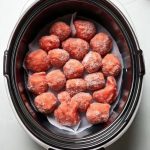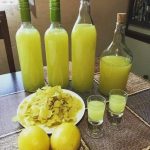ADVERTISEMENT
ADVERTISEMENT
Raw pasta can range from light yellow to darker golden hues, and one key factor behind this variation is furosine, a compound that forms during
wheat processing. When flour undergoes high-temperature drying or extended storage, furosine levels increase, leading to a darker color in the final product.
However, furosine isn’t the only culprit—several other factors influence pasta’s appearance:
ADVERTISEMENT
-
Wheat Type & Quality – Durum wheat, high in carotenoids, produces a naturally golden-yellow pasta, while lower-quality flour may appear paler or duller.
-
Milling Process – Finely ground semolina tends to be lighter, while whole-grain or coarse-ground flour results in a darker, more rustic shade.
-
Drying Temperature – High-heat drying can deepen color (partly due to furosine formation), whereas slow, low-temperature
continued on next page
ADVERTISEMENT


